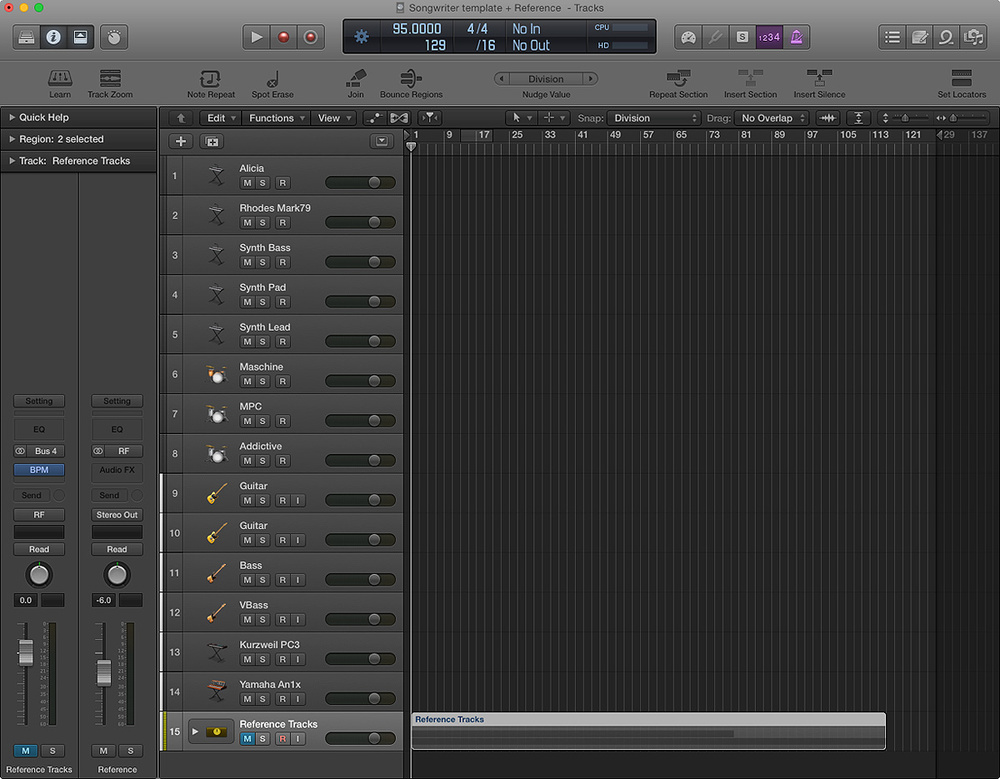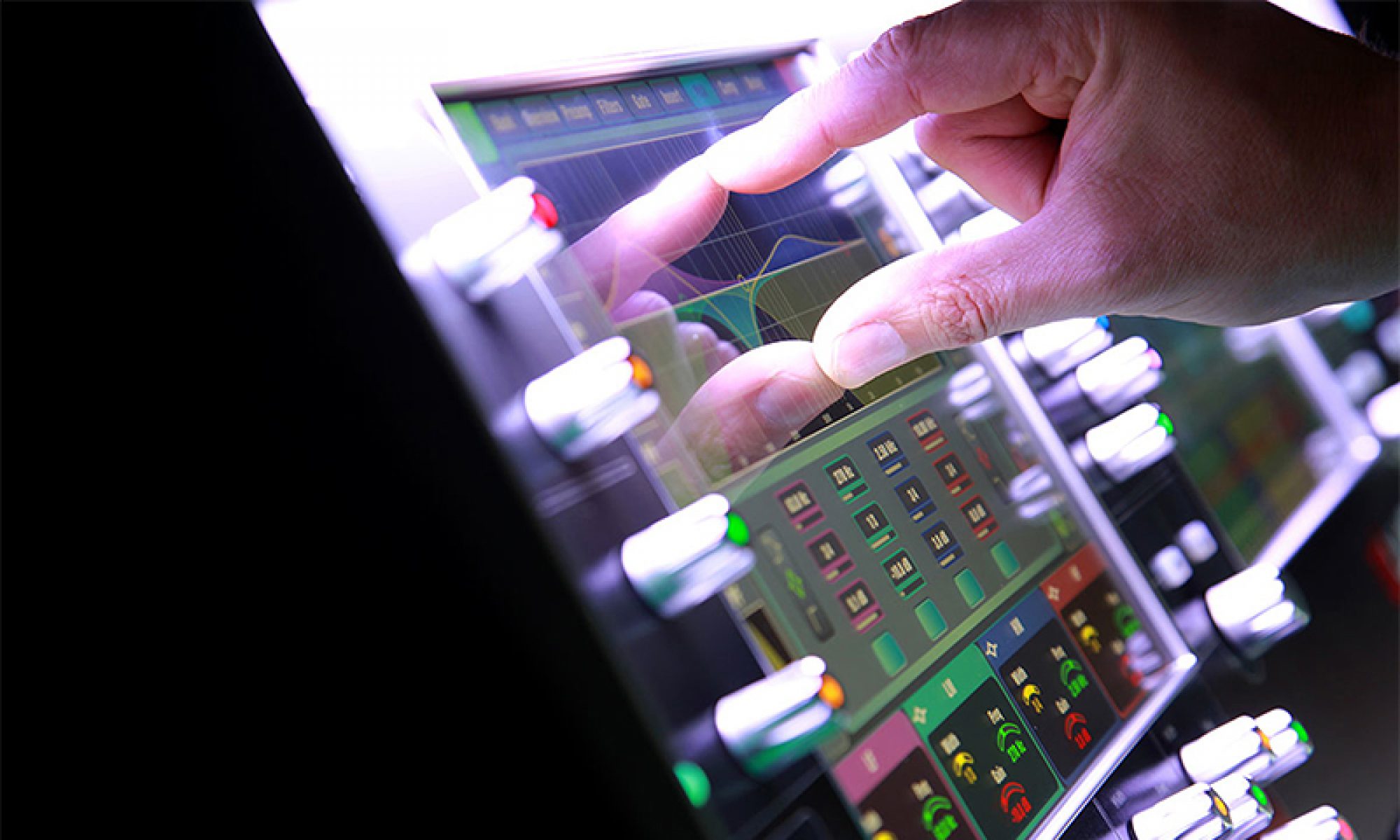Hey guys and gals. Hopefully you had a great holiday and are finding yourself rested after a long weekend or able to get some extra rest today. I wanted to do a bit of follow up on the last series I did and do a short series on some of the little tips and tricks I’ve learned while making the switch from live to fully in the box post production mixing. These will be discussed in no particular order and I think I have a few weeks of tips for you guys (I’d just do them all today but that would be a really long post). Hopefully you’ll find these to be helpful and as always just hit me up with any questions you have. We will start this off with some big picture tips that really helped me get situated and comfortable mixing in post.
The very first thing I did, and if you’ve read anything I’ve written hopefully you’ll know this about me, I developed a process to step through each week. You’ve been reading about that process over the last month or so. The best thing you can do is think through the things you do every week and make a framework with that. I know this sounds cheesy or unnecessary but if you want consistent mixing, you have to be consistent and patterned. Then even more important is that once you’ve developed the process, you’ve got to stick to it. Every detail. Consistent processes nearly always produce consistent results. There were several weeks where I was writing down the things I did differently so that if things worked well I could bring that into my process. As you learn, you adjust your process so that each week builds on the last.

Because of my process, I treated each week like I would need to be able to update my template in logic. Traditionally in DAWs I like to trim out unused tracks each week so that things are nice and clean. However during this time I’ve started leaving my template as intact as possible in order to be easily able to empty out all the media and update my template with fixes for any changes or issues. Doing this allows me to keep my template up to date with any tricks I learn along the way without spending too much time going between files. My template either has a channel for every input or a preset to be recalled within Studiorack. I’ve really tried to dance the line between having something for everything and keep things streamlined as much as possible for DSP efficiency. The thing to remember is this. Most DAWs have what Logic Pro calls “Dynamic DSP Loading.” That means if there is no audio file associated with a track and no audio passing, it will not activate those plugins leaving you with more DSP for what you’re actually using. This feature allows me to run extra tracks at no extra cost.

Speaking of DSP usage, Waves StudioRack has been one of the most useful plugins throughout all of this. We were already Waves users at FOH and so it was a natural migration to using them in the box. Because we weren’t using our server there we just brought it over to the studio, installed StudioRack and got everything setup and we were off and running with external DSP assisted processing. Now, I didn’t migrate everything off to the server because the iMac Pro we are using with Logic is well equipped but I did move all the main buss groups and all effects tracks off to the server which helps a lot with stability. We also had the benefit of bringing in presets from SuperRack and using those as a good starting point for developing my presets for mixing in post. When we are back to normal I can use these presets I’ve developed in our new LV1 setup for broadcast as well. So if you’re not using Waves stuff that’s totally cool, however, from my experience, their ecosystem, especially for outboard DSP is one of the best on the market. Others have external servers but they aren’t near as robust. Plus having the presets easily follow you wherever you go is a big plus. If you don’t have a beast machine to edit on, be sure to look into Waves StudioRack.
That’s it for this week. Next week I’ll get into the mechanics of my template which should help you to be able to refine yours (i.e. bussing, plugin generalities, etc). One thing that everyone does differently is how they buss through the showfile so I’ll definitely be hitting on how and what I do. If you want to make sure you don’t miss that or any other post, subscribe at this link, and you’ll get an email when anything is posted. If what I talked about today only served to muddy the waters a bit in your situation, don’t be afraid to drop me a comment below or shoot me an email at daniel@studiostagelive.com. See you next week!
